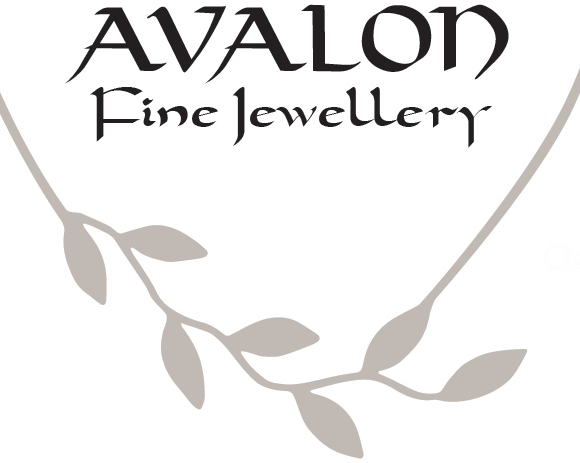Gemstones and their treatments
Many gemstones on the market today receive some sort of treatment to enhance colour and clarity. Some of these treatments are stable and others may change over time, so knowing whether your stone is treated is very important. In some cases it is very difficult to detect many of these treatments, even for professional gemologists.
The most common treatments are heating to enhance colour and fracture filling to enhance clarity. Reputable dealers will disclose these treatments, which are fully acceptable in the trade.
In general, we assume that most coloured gemstones today have at least been heat treated. This treatment is stable in most stones and only increases their beauty.
Rubies and sapphires are commonly heat treated to improve both colour and clarity. Untreated sapphires and rubies are quite rare and highly valuable.
Virtually all emeralds are oiled due to their tendency to have multiple inclusions. This process involves soaking the stones so the oil seeps into surface cracks to make the inclusions less visible to the eye. Untreated emeralds are extremely uncommon and consequently, very expensive.
Some gemstones look very different in their natural state and treatments allow these stones to be marketed when they would otherwise be unappealing.
Most tanzanite, for example, is brown when it is mined. Heat treatment turns it into the beautiful purplish-blue that has become so popular. Almost all blue topaz and yellow citrine are treated to enhance the colour.
Other treatments include irradiation, dyeing, coating, impregnation, fracture filling/healing, diffusion and bleaching.
Virtually all freshwater and Akoya pearls are bleached and sometimes dyed. Dyeing is one of the oldest treatments recorded. It is not always stable and can fade over time.
Turquoise, coral, jade, lapis and onyx are often dyed to enhance their colour, and sometimes coated with wax for a higher sheen. If the colour looks unnatural or too good to be true, it is probably dyed.
Opal doublets and triplets are common. A thin layer of opal is cemented to a backing of another material, frequently onyx, to bring out the play of colour. Sometimes coloured cement is also used to enhance the colour. It is easy to identify a doublet in a loose stone, but more difficult when the stone is set into a piece of jewellery.
Fracture filling involves inserting glass, plastic or resin into surface reaching fractures to improve durability and transparency. Glass-filled rubies are prevalent on the market today. Filler can be damaged by heat and ultrasonic cleaning.
In most cases, an appraisal will note what treatments a gemstone has likely undergone. It's very important to know whether your gemstones have been treated in order to care for them correctly.
In general, keeping them away from extreme heat and light is good practice. Cleaning with a soft cloth and warm soapy water is best for most stones. Storing pieces of jewellery separately will ensure your gemstones don't get scratched or chipped and preserve their beauty for a long time.





